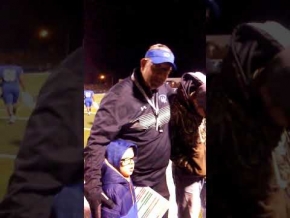Confessions of a teenage con artist

Boomer Musings
By J. Leslie Riseden
“Hello?”
“Good evening. I have a person to- person collect call for Leslie, from Jan. Will you accept the charges?”
“No, I’m sorry, Operator. Leslie isn’t here.” (Muffled giggle.)
“Alright, ma’am. Thank you. Good-bye.”
“You’re welcome. Good-bye.” (Another muffled giggle.)
Now, for our post-boomer readers, a quick primer on old-timey long distance telephone service:
Long-distance calls had to be placed through a long-distance operator. The Bell Telephone Company was the only telephone company in the country, and they had many offices with dozens of operators sitting at long rows of switchboards. (Think Ernestine. If you don’t know who Ernestine is, google her. Lily Tomlin killed it.)
We reached the long-distance operator by dialing 110. (And, I do mean dial – not punch in.)
With a person-to-person call, we only paid for the call if the person we wanted to talk to was there. This kind of call was way more expensive, but it did save you money if you really had to talk to one person in particular.
With station-to-station, we paid for the call no matter who answered on the other end.
Now, the muffled giggles? That’s because it was me placing the call, asking for myself. It was code, to let my parents know that I had made it safely back to Lafayette following a weekend visit home from college. I was just there, and didn’t really have anything else to say. I just needed to let them know I was safely ensconced back in my dormitory. So, okay, yes, I confess. We swindled the phone company out of its 85 cents (or whatever) once in a while. Everyone did it. It was our private little revolt against the monopoly that was the Bell Telephone Company. Weren’t we clever? I’m sure they never figured it out, right?
Then, in the1960s, came a true revolution in telephone communication. It was called Direct Dial. (Although Direct Dial had been introduced in the early 1950s, it was almost 20 years before it hit our area.) We could now dial a long distance call ourselves, and speak as easily with our relatives in Alabama as we did our next-door neighbors. Without an operator. All we had to do was dial “1”, then the area code, then the number. If we were willing to talk to anyone who answered the phone, this was an amazing innovation.
Now, mind you, the onus of dialing the correct number now fell on the consumer. What if you dialed the wrong number? Well, believe it or not, all you had to do was call the long distance operator, and tell her. She would issue a credit for that call. Yes, really.
For a while, though, we still had a choice not to use Direct Dial. Instead of “1” plus the number, we could dial “0” plus the number. This way, we could still go through the operator to make the call, in case ... you know ... we needed to call person-to-person, collect. (Muffled giggle.) I’m sure they never figured that out, either.
- Log in to post comments








